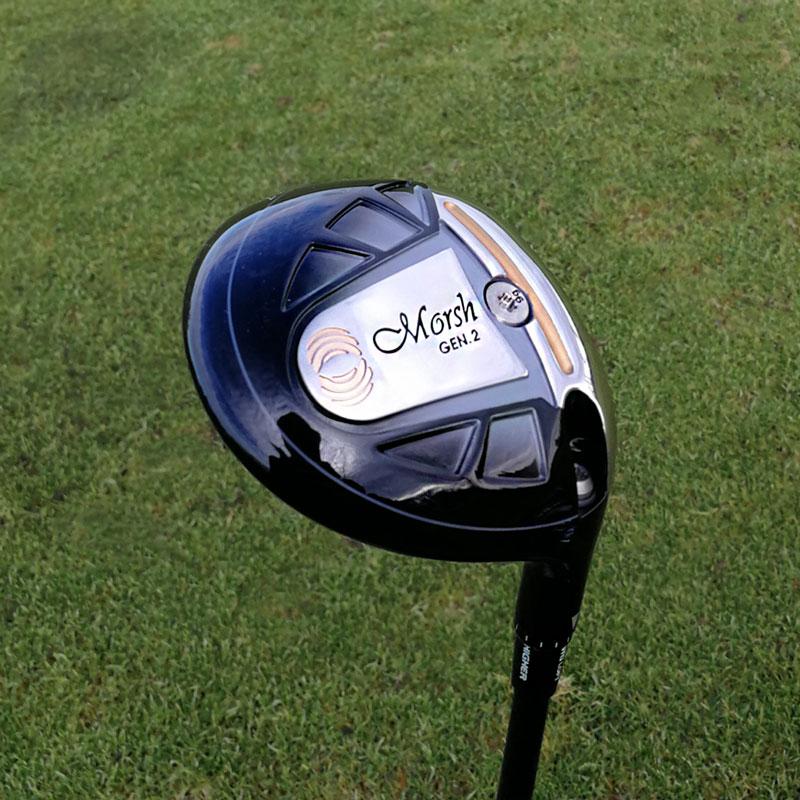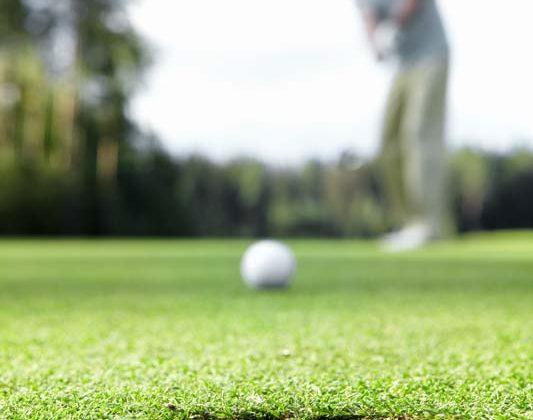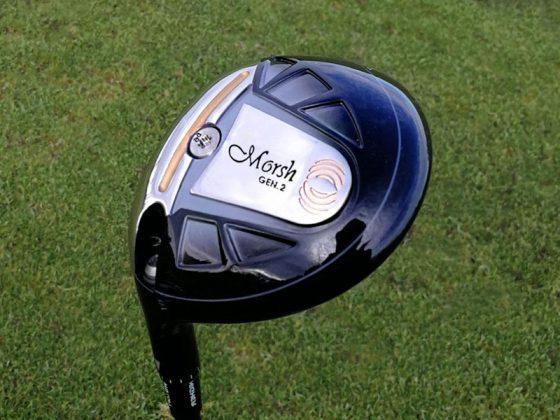Golfers are always looking for ways to improve their game. One way to do this is by adjusting the settings on your golf fairway woods. Fairway woods are essential clubs in a golfer’s bag, and optimizing their performance can make a significant difference in your game. In this article, we will discuss how to adjust golf fairway wood settings to optimize your performance.
Understand the Settings:
Before you start adjusting the settings on your golf fairway woods, it’s essential to understand what each setting does and how it affects your shots. Most modern golf fairway woods have adjustable settings that allow you to tweak the loft, lie, and face angle. The loft affects the trajectory of the ball, the lie angle affects the direction, and the face angle affects the spin of the ball.
Know Your Swing:
To optimize your golf fairway wood settings, you need to know your swing. Track your shots on the course or range and identify areas where you need improvement. For example, if you tend to slice your shots, you might want to adjust the face angle to be more closed. Conversely, if you tend to hook the ball, you might want to open the face angle. Knowing your swing and shot tendencies will help you make better adjustments.
Adjust the Loft:
Loft adjustment is the most common setting that golfers adjust on their fairway woods. Higher lofted fairway woods (16-20 degrees) are more forgiving and easier to hit off the ground, while lower lofted golf fairway woods (12-15 degrees) will produce a lower ball flight and more roll out. Experiment with different loft settings to see what works best for your swing and course conditions.
For example, if you struggle to get the ball in the air, you might want to try increasing the loft of your golf fairway wood. Conversely, if you tend to hit the ball too high, you might want to decrease the loft to produce a lower ball flight.
Adjust the Lie:
Lie angle affects the direction of your shots. If you tend to hook the ball, you might want to adjust the lie angle to be more upright. Conversely, if you tend to slice the ball, you might want to adjust the lie angle to be flatter. A flatter lie angle will promote a more open face at impact, which can help to reduce spin and produce a straighter ball flight.
Adjust the Face Angle:
The face angle is the angle at which the face of the club is pointing at address. Adjusting the face angle can affect the spin rate and direction of your shots. A more closed face angle will produce more backspin, while an open face angle will produce less backspin.
If you tend to hit the ball with a lot of spin, you might want to try closing the face angle slightly to reduce spin. Conversely, if you struggle to get the ball in the air, you might want to try opening the face angle slightly to increase launch.
Customizing Fairway Woods:
Customizing your golf fairway woods can also help to optimize their performance. Grip size, shaft length, and weight can all affect the feel and performance of your 2 fairway woods. A larger grip can help to reduce grip pressure and promote a more relaxed swing, while a shorter shaft can promote better control and accuracy.
Adjusting golf fairway wood settings can be a game-changer for golfers. Understanding the settings and how they affect your shots, knowing your swing, and customizing your golf fairway woods can all help to optimize their performance. Experiment with different settings to see what works best for your game, and don’t be afraid to seek advice from a professional club fitter to help you get the most out of your golf fairway woods. By doing so, you can take your game to the next level and enjoy a more rewarding golfing experience.





